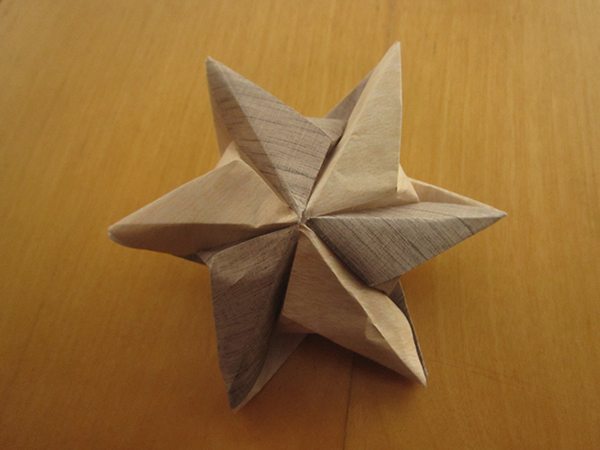I know I said I’m on blogging break, but I still want to do my monthly repost thing. This is a classic I wrote in 2011.
‘Tis the season for anecdotes…
I didn’t ever take Santa very seriously when I was younger. Or at least, not as far as I can recall. And I thought that no one else took Santa seriously either.
I mean, kids believing in Santa, that’s just something that happens in the movies, right? There are countless movies depicting little kids who believe in Santa Claus. They’ll write letters to Santa. They’ll wait excitedly at the stairs for Santa to come, deliver presents, and eat the cookies and milk. Kids believe in all these elaborate legends and rituals, sometimes even in the face of disbelief from their parents or older kids.
Of course, in these movies, Santa also happens to be real. But Santa isn’t real. So why should I think that belief in Santa be real? For me, belief in Santa was all part of the mythos, along with the elves, reindeer, and red suit. [Read more…]

 Fig. 1: Cat of ambiguous state. Credit:
Fig. 1: Cat of ambiguous state. Credit: 